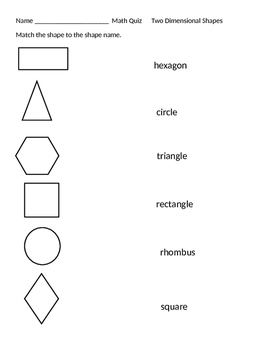

- #Use some 3 dimensional shapes to make another structure how to
- #Use some 3 dimensional shapes to make another structure plus
Line can be used to create more complex shapes or to lead your eye from one area in the composition to another. Line is the most basic building block of formal analysis. The elements of formal analysis are building blocks that can be combined to create a larger structure. This strategy can be applied to any work of art, from any period in history, whether a photograph, sculpture, painting or cultural artifact. In other words, it is a strategy used to translate what you see into written words. Cones have one circular face and one pointed face.Formal analysis is an important technique for organizing visual information. Spheres have one continuous curved surface. Rectangular prisms have six faces, each of which is a rectangle. For example, cubes have six faces, each of which is a square. Each type has its own unique set of features. There are five types of 3D shapes: cubes, rectangular prisms, cylinders, spheres, and cones. The faces are the flat surfaces that make up the shape. The edges are the line segments that connect the vertices. The vertices are the points where the faces meet. The three features of 3D shapes are: their vertices, edges, and faces. This is because you have to be very precise in your cuts and you have to be able to visualize how the pieces will fit together in three-dimensional space. Finally, they can be harder to cut out and assemble than 2D shapes. This is because you have to take into account the extra dimension when you are drawing them. Third, they can be harder to draw than 2D shapes. This means that they can be more difficult to understand and visualize. Second, they often have a more complex structure than 2D shapes. This can make them look very different from one angle to the next. First, they have an extra dimension, which means they can be rotated and view from different angles. There are a few things that make 3D shapes special. The important thing is to be able to visualize them in your mind and to understand how the various faces, vertices, and edges come together to create the overall shape. As you can see, there are many ways to think about 3D shapes. Still another way to think about 3D shapes is in terms of their edges, which are the line segments that connect the vertices. Another way to think about 3D shapes is in terms of their vertices, which are the points where the faces meet. For example, a cube has six faces, each of which is a square. However, one way to think about them is to consider the various faces that make up the shape.

There is no easy answer when it comes to shapes in three dimensions. With this information in hand, you're now well on your way to becoming a geometry expert!

#Use some 3 dimensional shapes to make another structure how to
We've gone over what they are and how to identify them. In this blog post, we've covered everything you need to know about 3D shapes.
#Use some 3 dimensional shapes to make another structure plus
For example, a cube has six faces (one for each side), while a pyramid has five faces (the four sides plus the base). Another way to identify 3D shapes is by looking at their faces-that is, the flat surfaces that make up the shape. Perhaps the most obvious way is by their physical characteristics-for example, a sphere is a round shape with no flat sides, while a cube has six flat sides that are all the same size. There are a few different ways to identify 3D shapes. Examples of common 3D shapes include spheres, cubes, rectangular prisms, and pyramids. By the end of this post, you should have a good understanding of what 3D shapes are and how to identify them.ģD shapes are those that have three dimensions: length, width, and height. In this blog post, we'll be focusing on three-dimensional (3D) shapes. Geometry is the branch of mathematics that deals with the study of shapes, sizes, and relative positions of figures in space.


 0 kommentar(er)
0 kommentar(er)
